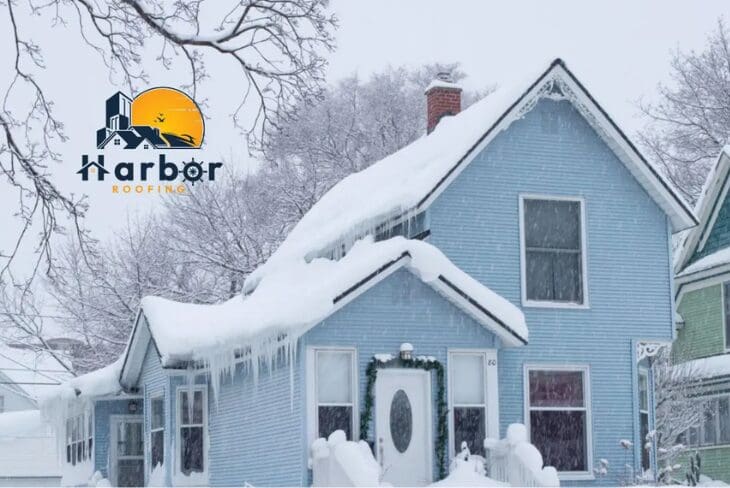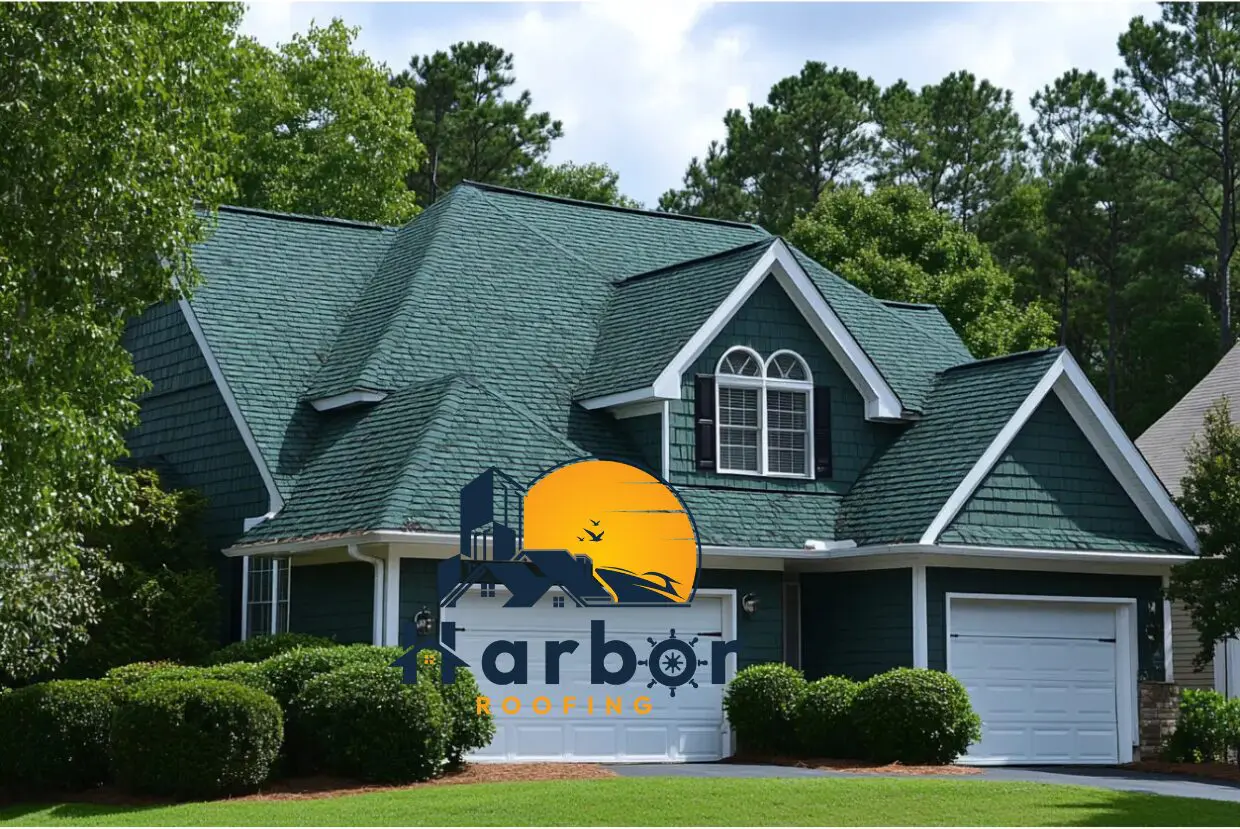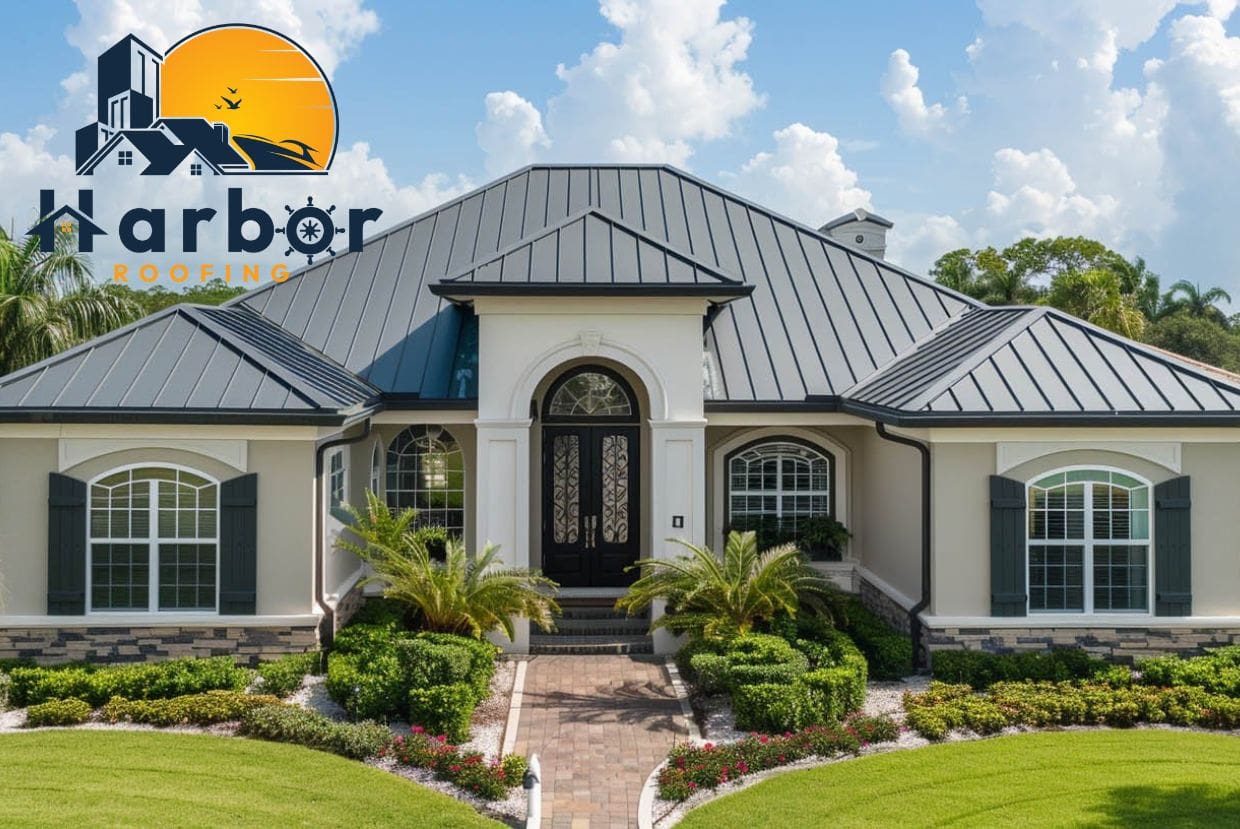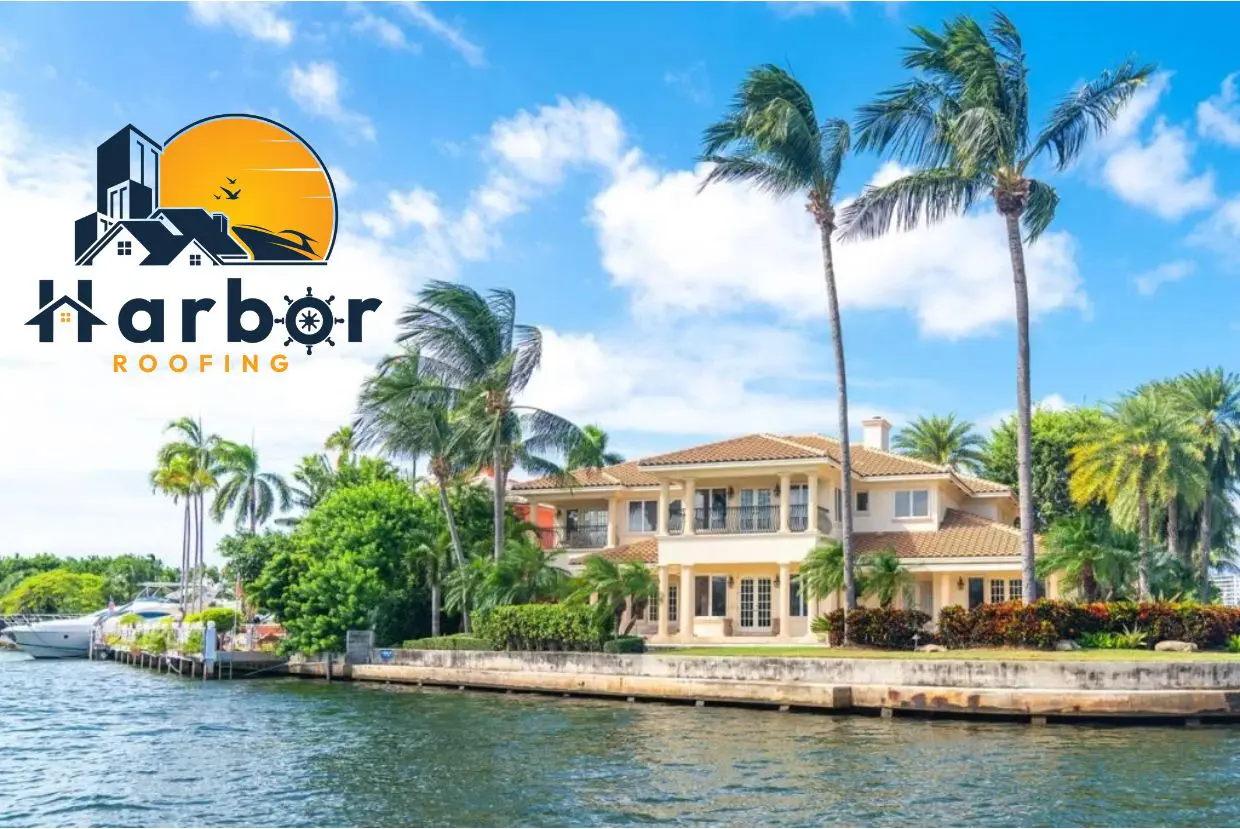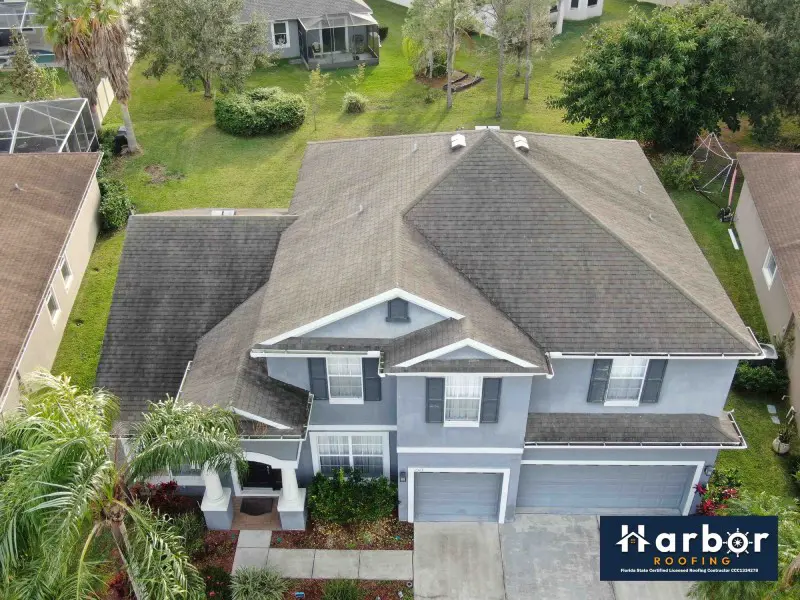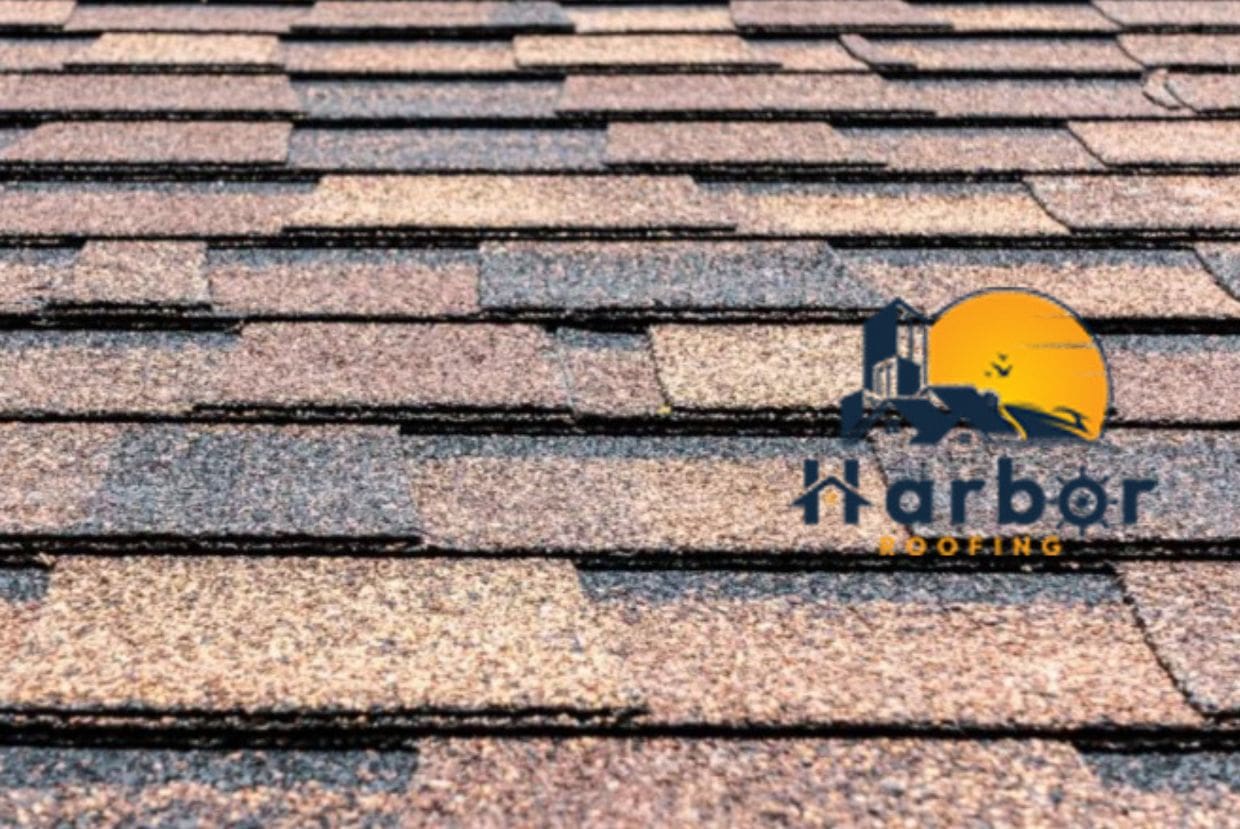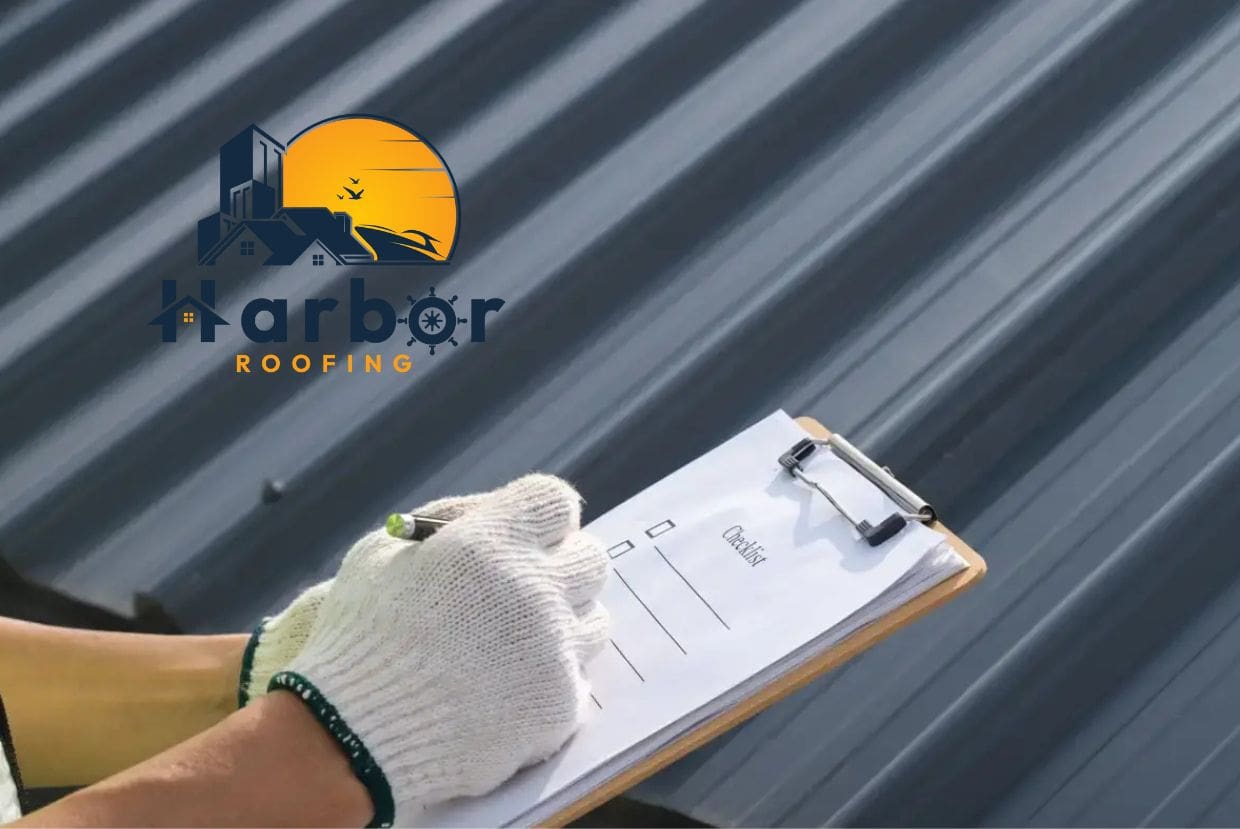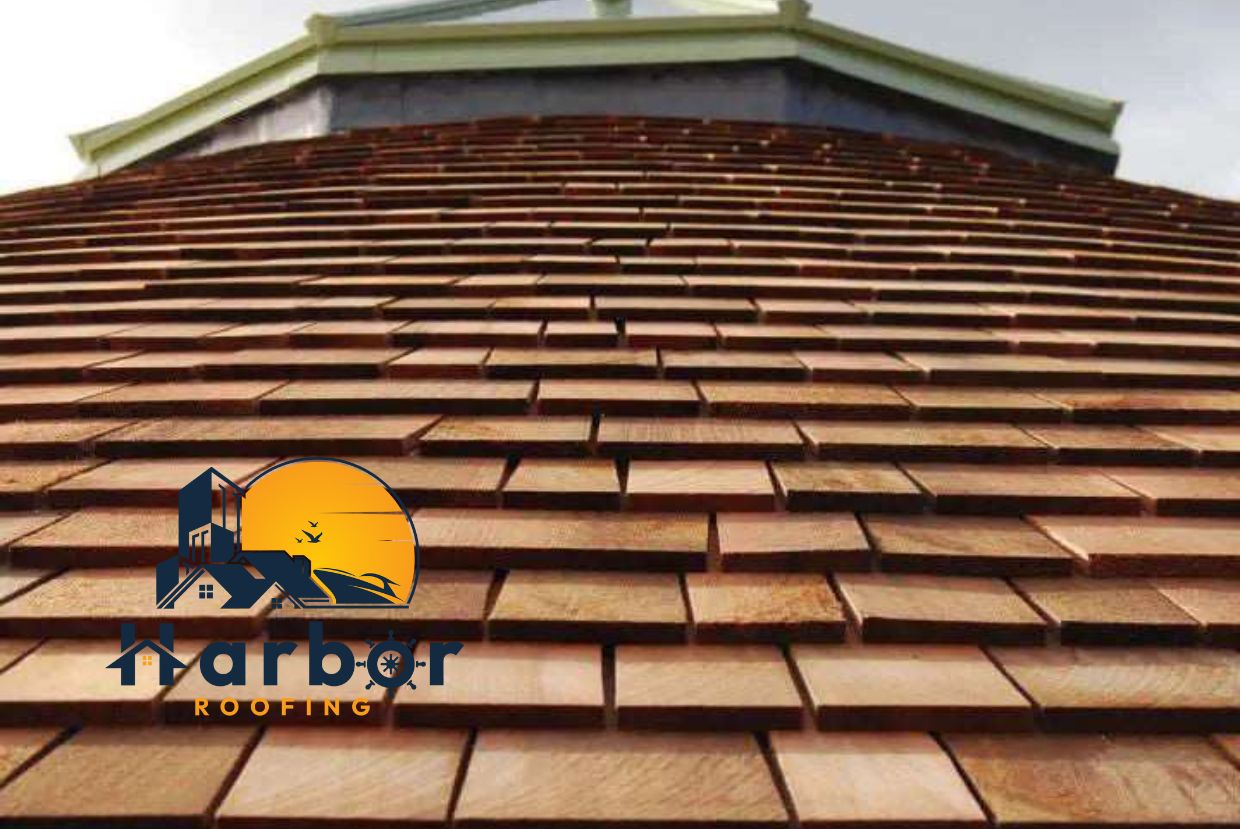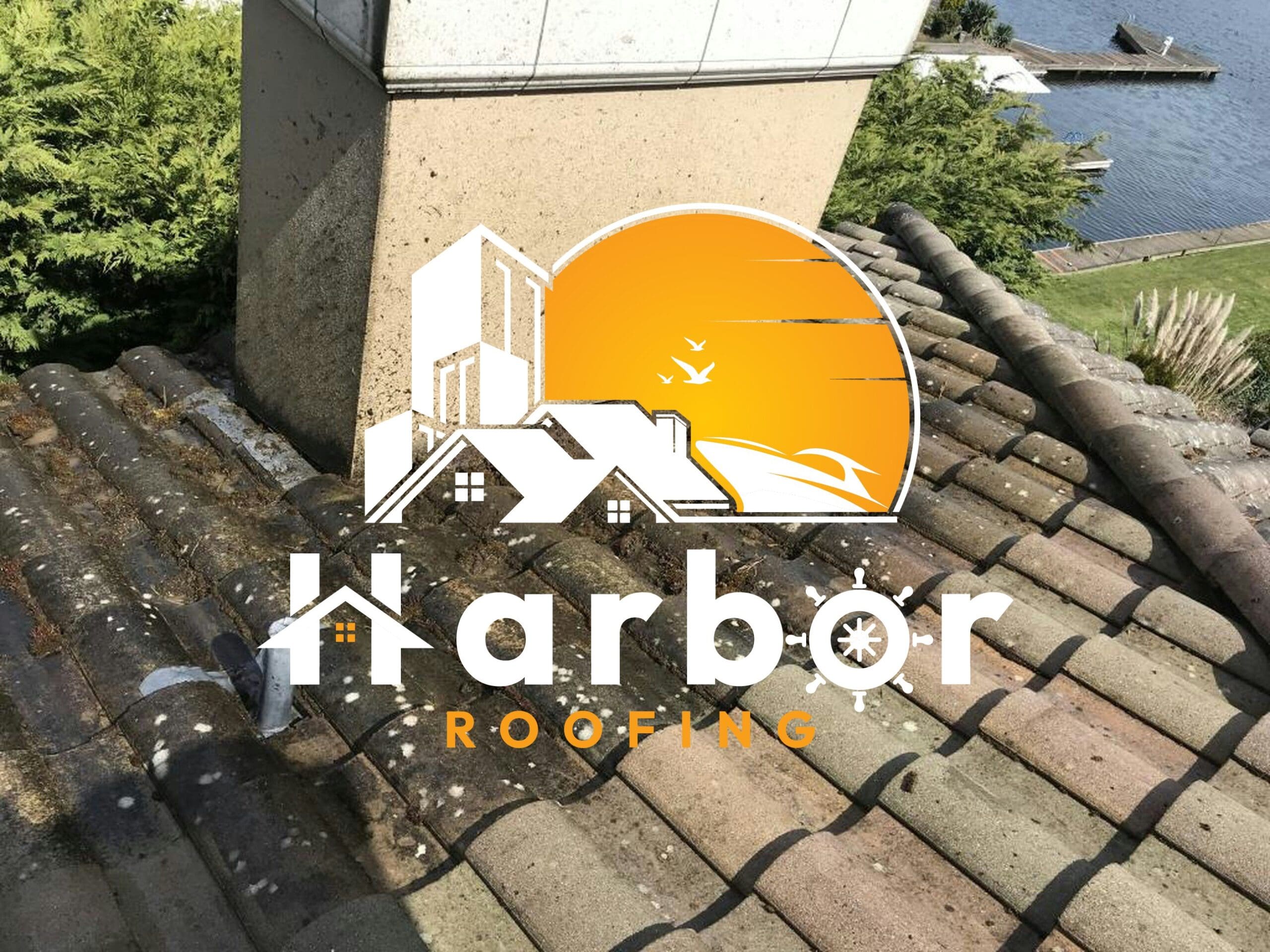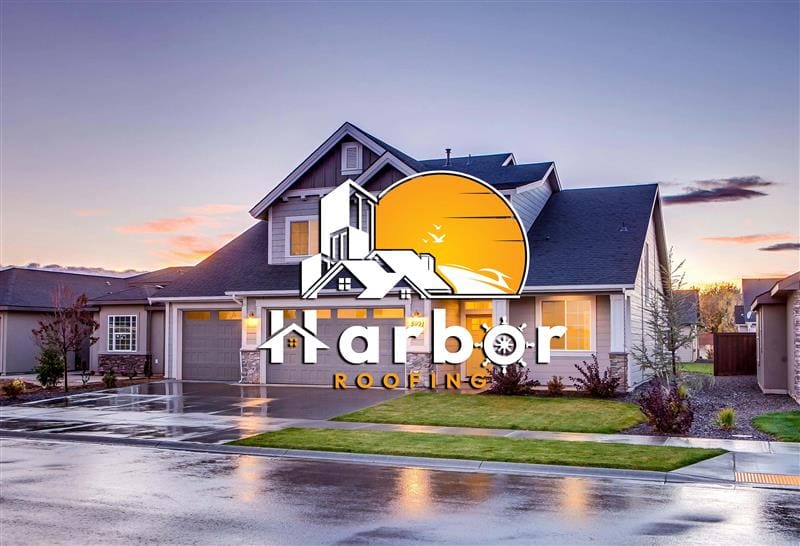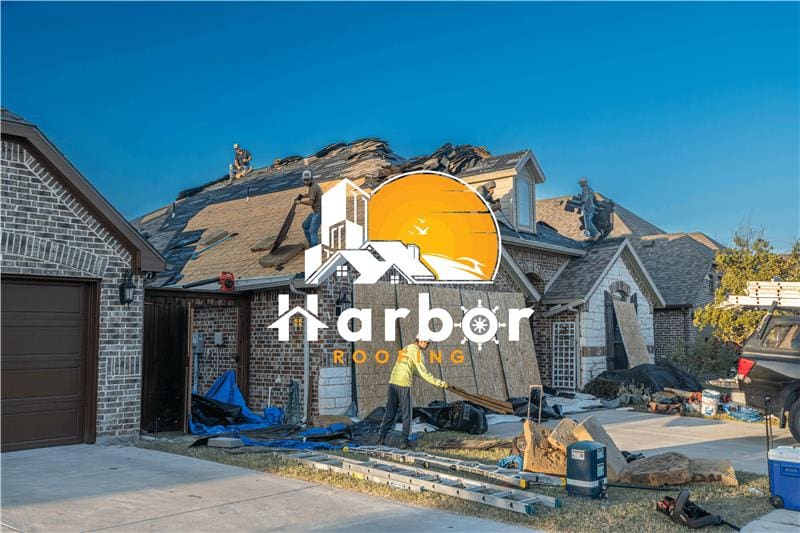If you live in a region where winters are long, icy, and intense, you know just how much stress the season puts on a home. Freezing temperatures, heavy snow, and endless freeze-thaw cycles can take a toll on even the sturdiest structures. That’s why choosing the right roofing material is beyond style or cost. To choose the best roofs for winter, consider their durability, sturdiness, and energy efficiency.
The wrong roof can lead to leaks, ice dams, and endless repairs, while the right one can mean decades of protection and peace of mind. So which roofing materials perform best when the temperature drops? Let’s rank them and see which ones truly stand the test of winter.
What Makes a Roof Winter-Ready?
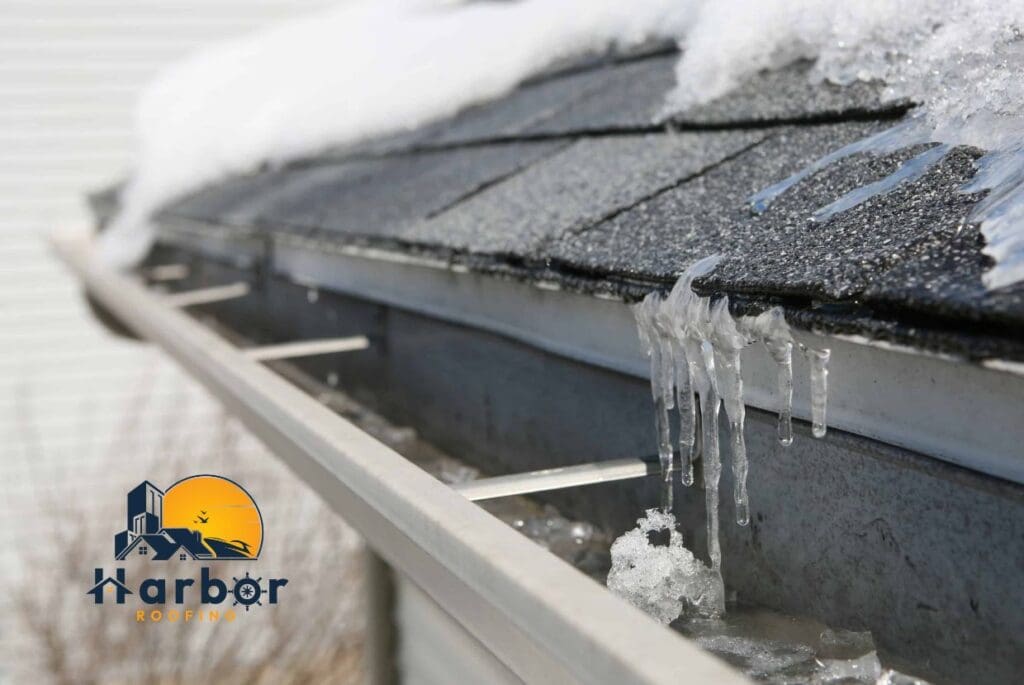
Before we rank the materials, it helps to understand what really matters when it comes to cold-weather performance.
The Unique Challenges of Cold Climates
1. Snow loads: A fluffy layer of snow on your roof may look cute and all, but don’t be deceived; snow is deceptively heavy. Roofs in cold regions must be designed and built to withstand this load without sagging, bowing, or cracking. If the structure isn’t strong enough, heavy snow can cause leaks, structural stress, or, in worst cases, collapse.
2. Freeze-thaw cycles: One of winter’s most destructive forces isn’t the snow itself but what happens when temperatures rise and fall. During the day, melting snow turns to water and seeps into tiny cracks in the roofing material. At night, when the temperature drops, that water freezes, expands, and widens the cracks. This cycle repeats all winter long, slowly breaking down roofing materials. Over time, even a sturdy roof can develop splits, leaks, and surface erosion if the material isn’t designed to handle expansion and contraction.
3. Ice dams: Ice dams happen when warm air inside the house escapes through the roof, melting the snow directly above it. The melted water trickles down toward the colder edges of the roof, where it refreezes into ice. This creates a barrier or “dam” that causes water to get trapped and force its way under shingles, leading to water damage. Good insulation and proper roofing material choice are key to preventing this.
Key Factors to Consider When Choosing Roofs for Winter
1. Insulation and energy efficiency: A winter-ready roof isn’t just about keeping the snow out; it’s also about keeping the heat in. Proper insulation and energy-efficient roofing materials help regulate indoor temperatures, reduce heating costs, and prevent the uneven melting that causes ice dams. In colder regions, a well-insulated roof is essentially a shield against both the weather outside and wasted energy inside.
2. Durability: The best roofing material for winter is one that won’t crack, split, or warp when the temperature swings wildly from day to night. Durability also means being able to handle the weight of accumulated snow and resist moisture infiltration. A roof that gives in to stress or starts leaking after just a few winters will ultimately cost more than investing in a stronger material upfront.
3. Low maintenance: When snow is falling, the last thing you want to do is drag out a ladder and clear ice from your roof every week. Roofs for winter should be as hands-off as possible, shedding snow naturally and resisting ice buildup. Materials that require constant cleaning, sealing, or repair become burdensome in a cold climate. Low-maintenance roofing gives homeowners peace of mind through the long winter months.
Roofing Materials Ranked for Winter Performance
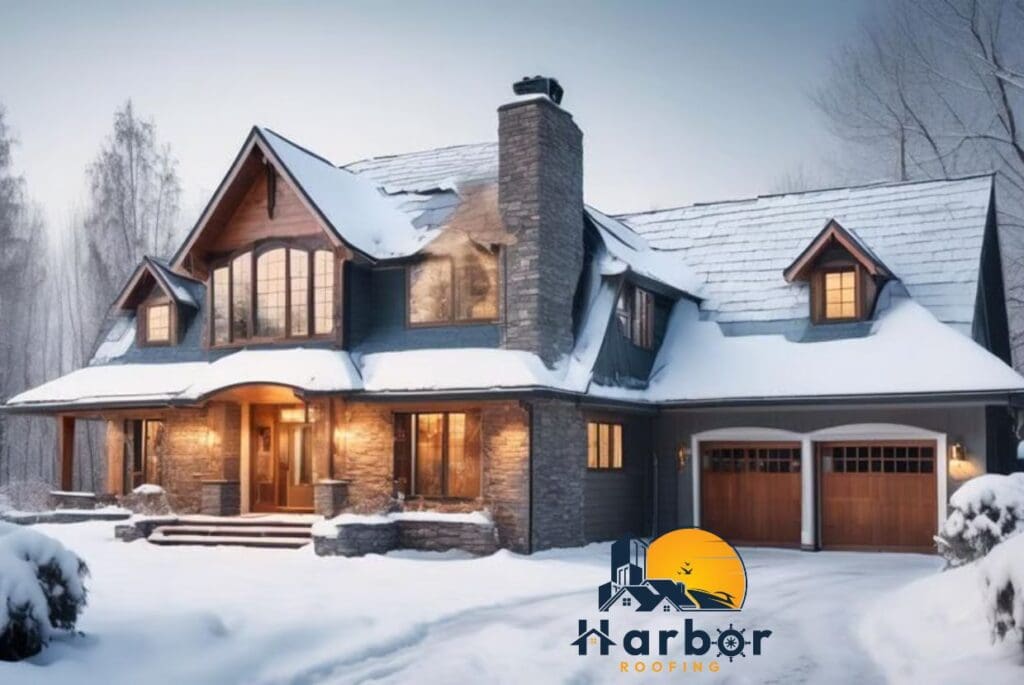
Metal Roofing
When it comes to roofing materials for winter, metal takes the crown. Aluminum and steel roofs are designed to handle the worst that snow and ice can throw at them.
Why it works: Snow slides off metal easily, preventing ice dams and reducing the weight on the roof. The material doesn’t crack or warp under freeze-thaw cycles.
Durability: When you install it properly, a metal roof can last 40–70 years.
Energy benefits: It has reflective coatings that help regulate temperature and reduce heating costs.
Downsides: It can be noisy during heavy rain or hail, and the upfront cost is higher than that of asphalt.
Still, for overall performance in freezing weather, metal takes the top spot.
Slate Roofing
Slate is the luxury option for cold-weather homes. In addition to being beautiful, it’s nearly indestructible.
Why it works: Slate is exceptionally dense and naturally resistant to water. Snow and ice don’t easily damage it.
Durability: With proper care, a slate roof can last over 100 years.
Drawbacks: Slate is very heavy, so if you are using it for your roofing, you have to reinforce your home’s structure to accommodate its weight. Installation requires experienced professionals, and the cost can be sky-high.
If budget and structural support aren’t issues, slate is one of the most reliable roofs for winter.
Asphalt Shingles
Asphalt shingles are by far the most common roofing material in the United States. But how do they perform in harsh winters?
Why it works: Modern architectural shingles are designed to resist wind, snow, and moderate ice buildup. They’re easy to install and affordable.
Durability: They usually last 15–30 years, depending on quality.
Drawbacks: They’re more vulnerable to ice dams than metal or slate. Cheaper shingles can crack or lose granules in extreme cold.
For homeowners looking for a balance of cost and performance, asphalt shingles are a reasonable choice, especially if paired with proper insulation and underlayment.
Wood Shakes and Shingles
There’s something charming about a cedar shake roof covered in snow. However, while wood can withstand cold, it presents its own challenges.
Why it works: Wood has natural insulation properties that keep homes warmer. It performs best in dry, cold regions.
Durability: With regular maintenance, wood shakes can last 20–40 years.
Drawbacks: In wet or snowy climates, wood is prone to rot, mold, and moisture damage. It requires constant upkeep and treatments to remain weather-resistant.
If you love the rustic look and don’t mind maintenance, wood can work. But for most homeowners, it’s not the most practical roof for winter.
Concrete and Clay Tiles
You’ll see concrete and clay tiles more often in warm, dry places like the Southwest. But some homes in cold regions do use them.
Why it works: Concrete and clay are heavy, durable, and insulating.
Durability: They can last 50+ years when you install them properly.
Drawbacks: They’re very heavy, and in freeze-thaw conditions, tiles can crack. They also require reinforced roof structures.
For most snowy regions, concrete and clay aren’t the best roofs for winter, but with proper engineering, they can survive.
Synthetic Roofing Materials
Synthetic roofing has come a long way. They are typically made from rubber, polymers, or composite blends to mimic slate or wood without the downsides.
Why it works: Synthetic shingles are lightweight, flexible, and designed to resist cracking in cold weather. They’re also water-resistant and low-maintenance.
Durability: Depending on the brand, they can last 30–50 years.
Drawbacks: They’re newer to the market, so long-term performance data is still limited. Costs can also vary widely.
If you want modern engineering and less maintenance, synthetics are worth considering.
Other Things to Consider for Your Roof for Winter
1. Proper insulation and ventilation
Even the best roofing material will fail if you do not properly insulate your attic. Adequate insulation and ventilation keep warm air inside, reduce ice dams, and protect your roof.
2. Roof pitch and design
A steep slope helps snow slide off instead of piling up. Low-slope roofs are more prone to snow buildup and leaks.
3. Regular maintenance and inspection
Checking your roof before and after winter can save you thousands in repairs. Look for loose shingles, clogged gutters, and damaged flashing.
4. Cost vs. Longevity
When choosing a winter-ready roof, think about the long game.
- Initial vs. lifetime cost: Asphalt is cheap upfront, but may need replacement sooner. Slate and metal cost more initially but last decades longer.
- Energy savings: A roof that insulates well saves you money on heating bills.
- Professional installation: Cutting corners on installation often leads to problems, no matter the material.
The best choice depends on your budget, climate, and the duration of your stay in your home.
Conclusion
Now that you’ve come to the end of this article. You’re probably thinking, “So, which roof should I give the gold medal?”
From our assessment, metal roofs take the crown for “best roof for winter” thanks to their durability, snow-shedding ability, and long lifespan. Slate is a close second, offering unmatched elegance and strength if you can afford it. Asphalt shingles remain the most practical choice for many homeowners thanks to their affordability and wide availability. Synthetic materials are the rising star, offering modern performance without the weight or cost of slate.
Ultimately, the roof for winter that takes the crown is the one that fits your budget, your home’s structure, and your local climate. Investing in the right material now can save you headaches, repairs, and heating bills for years to come.
Frequently Asked Questions
What is the best roofing material for heavy snow?
Metal roofs are ideal because snow slides right off, preventing buildup and ice dams.
Do I need a special underlayment for cold climates?
Yes, you do. We strongly recommend ice and water shield underlayment to protect against leaks caused by ice dams.
Can asphalt shingles survive freezing winters?
They can, so long as they are of good quality. Architectural shingles perform better than basic three-tab shingles in cold climates.
How do I prevent ice dams on my roof?
Proper insulation, ventilation, and a good underlayment help prevent ice dams from forming. Keeping gutters clear also makes a big difference.

